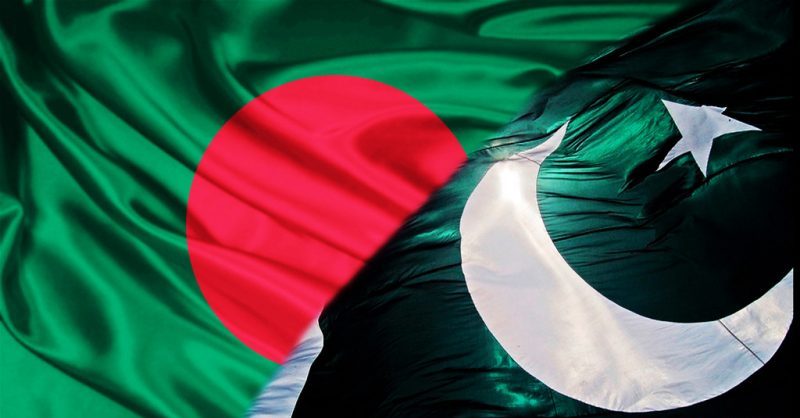 Web Desk
Web Desk

The State Bank of Pakistan (SBP) has published research suggesting that Pakistan’s textile industry can boost its apparel exports by adopting the successful model implemented by Bangladesh. According to the SBP, Pakistan can replicate Bangladesh’s use of back-to-back letters of credit and bonded warehouses to procure quality imported raw materials and intermediary products at global prices, thus enhancing sustainability in apparel exports.
Pakistan’s textile industry relies mostly on domestic sourcing of these products. However, due to declining cotton quality and availability, the industry needs to source higher-quality, high-count cotton primary and intermediary products from the international market, similar to Bangladesh. Furthermore, as the world demand shifts towards man-made fibers, Pakistan can diversify its concentrated apparel basket by utilizing duty-free imports, potentially increasing its share in the global apparel market.
Also read,
Sindh Government to Launch Pink Electric Taxis for Women in Karachi
Experts suggest that Pakistani garment manufacturers should consider forming joint ventures with foreign firms, mirroring Bangladesh’s approach. Such collaborations can facilitate the transfer of capital, technology, managerial expertise, and marketing skills, leading to necessary process, product, and functional upgrading. These recommendations were outlined in the Staff Notes published by the SBP.
The success story of Bangladesh’s textile industry began with the advent of the Multi-Fiber Agreement (MFA) in 1974, despite the country having a non-existent textile industry at the time of its independence in 1971. The MFA provided an opportunity for overseas subcontracting, with apparel firms from Korea setting up factories in Bangladesh to produce and export garments to developed countries without violating their own country quotas.
Bangladeshis received intensive training in apparel production in Korea, and many of these trainees later established their own factories in Bangladesh. Between 1984 and 2004, the number of apparel factories in the country increased from 134 to 3,957. The growth in garment exports during the 1990s was significant, with an average annual rate of 24 percent. By FY04, garment exports had risen 22 times from $32 million to $5.7 billion.
Bangladesh’s success can be attributed to various export-friendly policies such as the duty drawback scheme, cash incentives, bonded warehouse facilities, and back-to-back letters of credit. These policies played a crucial role in the industry’s growth by facilitating participation in the global textile value chain. Bonded warehouses and back-to-back letters of credit allowed for low investment in setting up factories, leading to the industry’s rapid expansion.
The policies had dual benefits. They reduced the working capital requirements of apparel manufacturers and exporters, enabling higher utilization of existing capacity and capacity expansion. Additionally, they facilitated local involvement in the sector while earning net foreign exchange without depleting existing reserves.
Bangladesh currently enjoys preferential access to 38 countries, including 27 from the European Union, Canada, the UK, Japan, Australia, and others. Its top traditional markets are Europe (EU-27 and UK) and the US, accounting for over 80 percent of its exports.
The success of Bangladesh’s garment industry is evident in its significant contributions to the country’s economy and society. It has become a major foreign exchange earner, representing over 80 percent of national exports. The industry’s contribution to GDP has multiplied 4.5 times between the early 1990s and 2019, with GDP per capita rising 6.1 times in the same period. It is the largest wage-distributing industry in Bangladesh’s manufacturing sector, employing approximately 4.5 million workers and providing livelihoods to 10 million people directly or indirectly.

